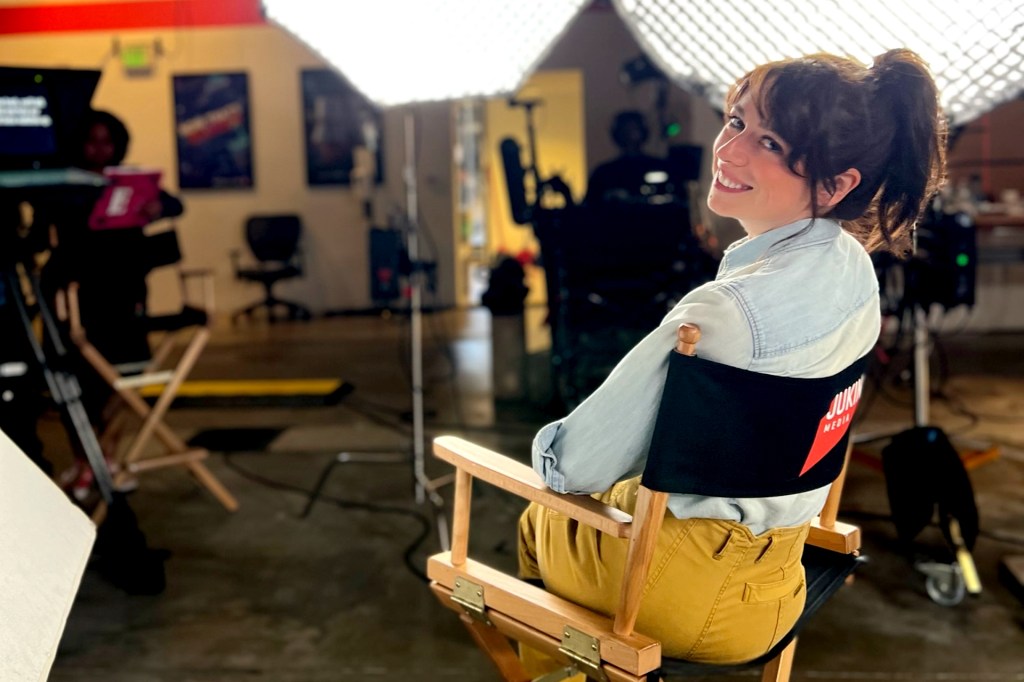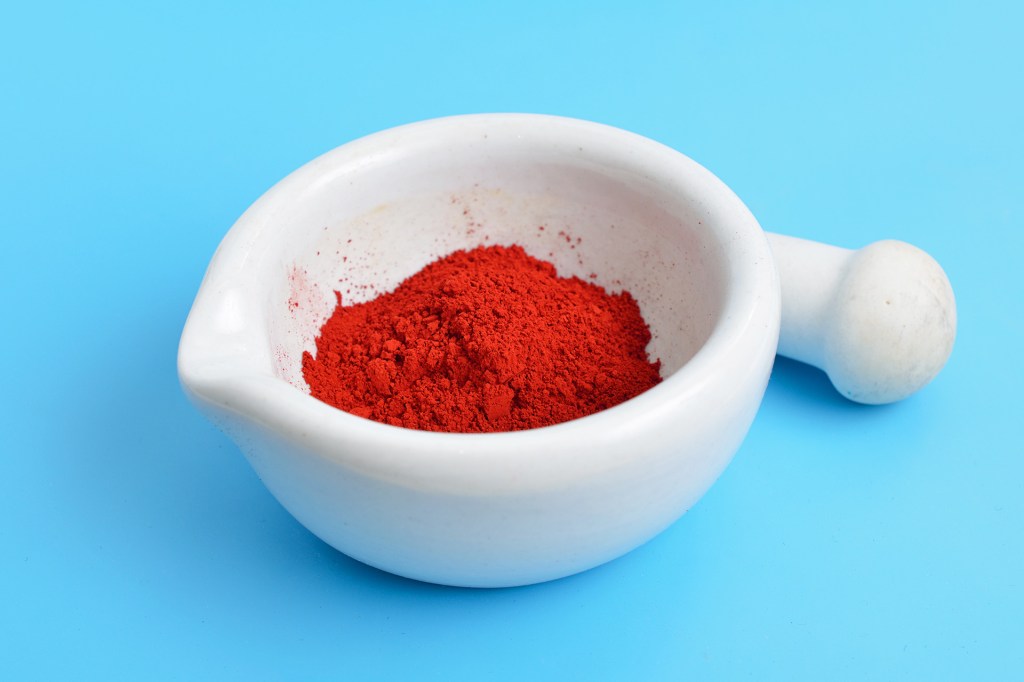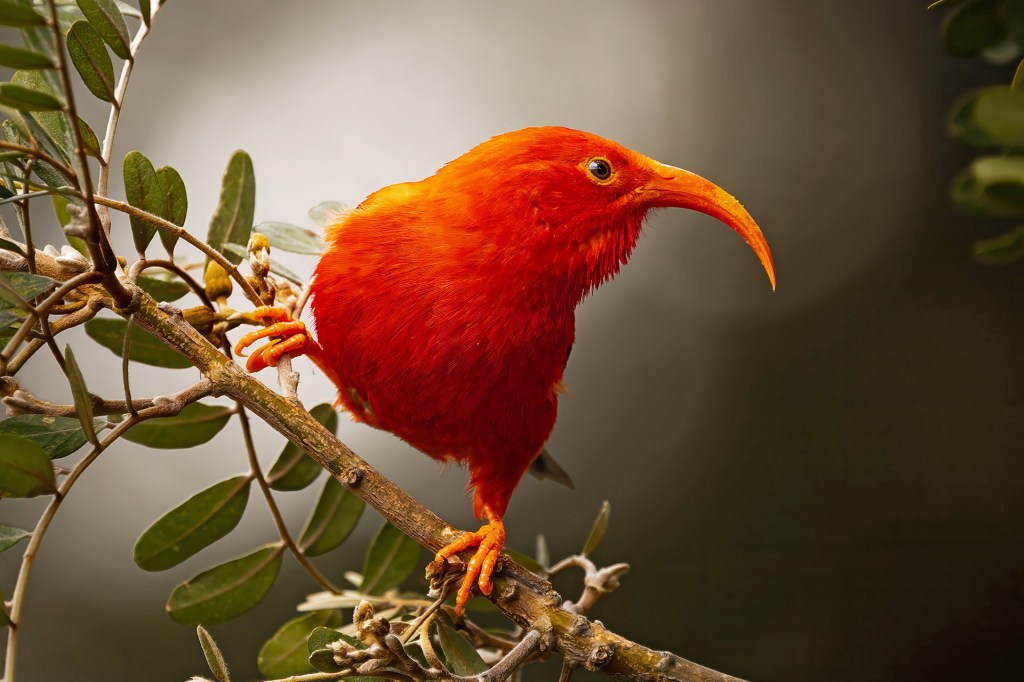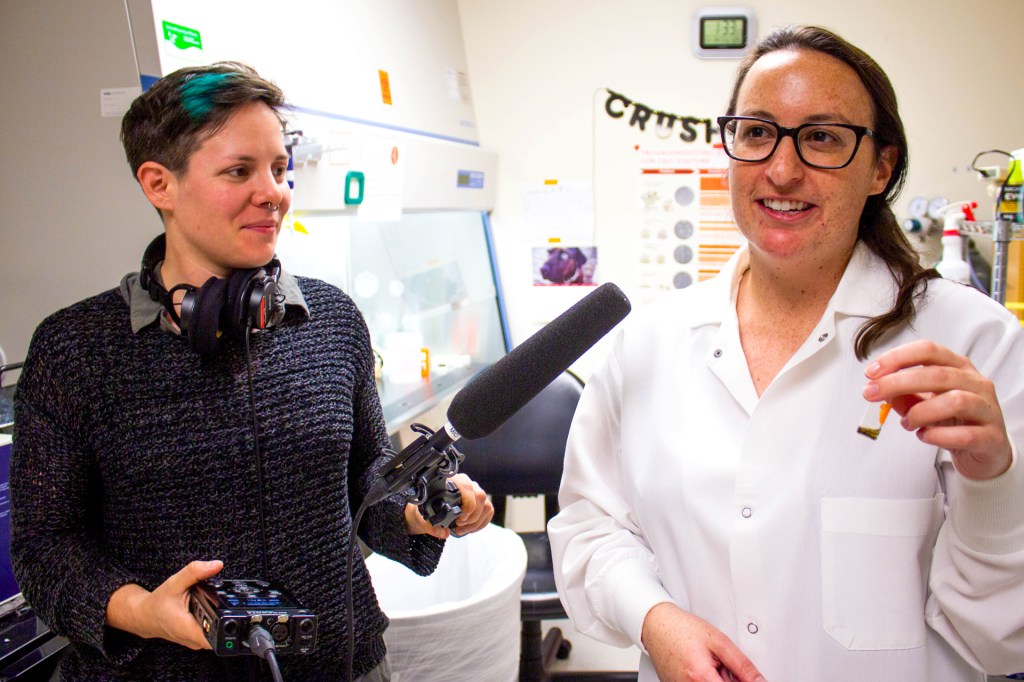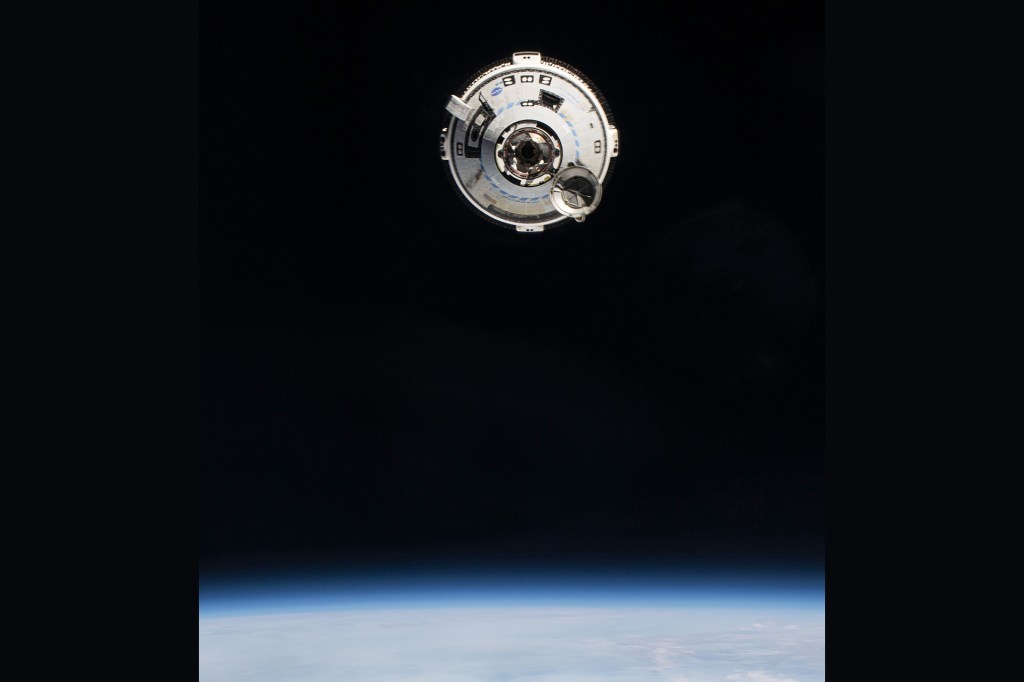
Suni Williams and Butch Wilmore left Earth on June 5. The two astronauts were expecting a short flight on NASA’s new Starliner spacecraft. They’d fly to the International Space Station, or ISS (see “Space Station”). Successfully docking there would certify certify guarantee that something meets certain standards (verb) the Starliner for future missions.
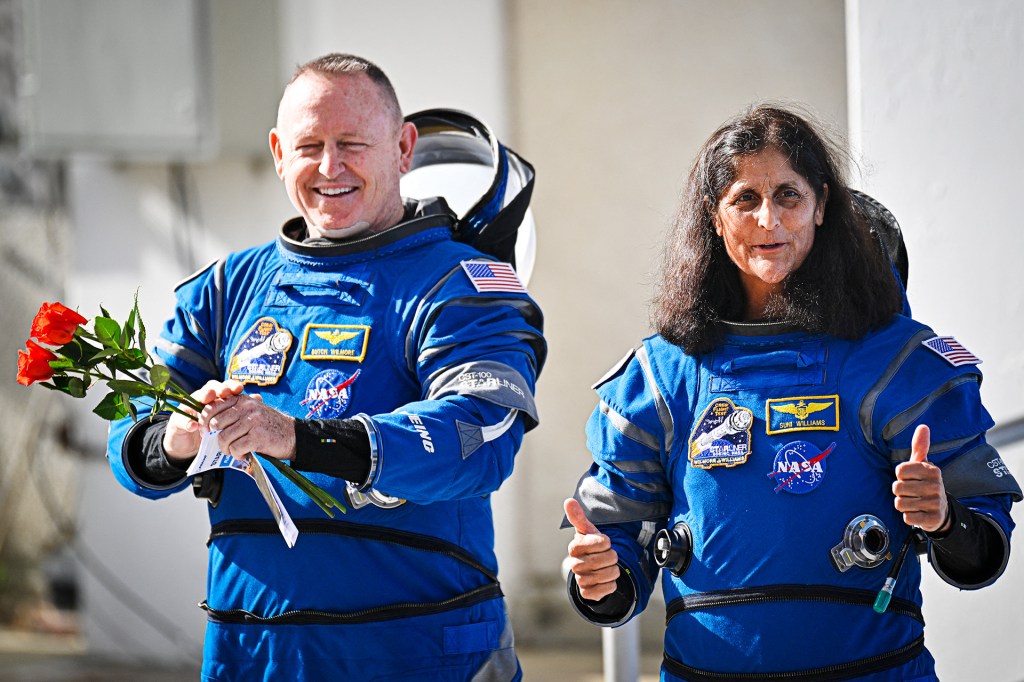
TESTING . . . Butch Wilmore and Suni Williams head to a flight test on June 1, ahead of launch.
MIGUEL J. RODRIGUEZ CARRILLO—AFP/GETTY IMAGESBefore reaching the ISS, the Starliner experienced problems. Five of its thrusters began misfiring. A gas supply sprang leaks. The craft made it safely to the ISS. But the astronauts’ eight-day mission has now lasted more than two months.
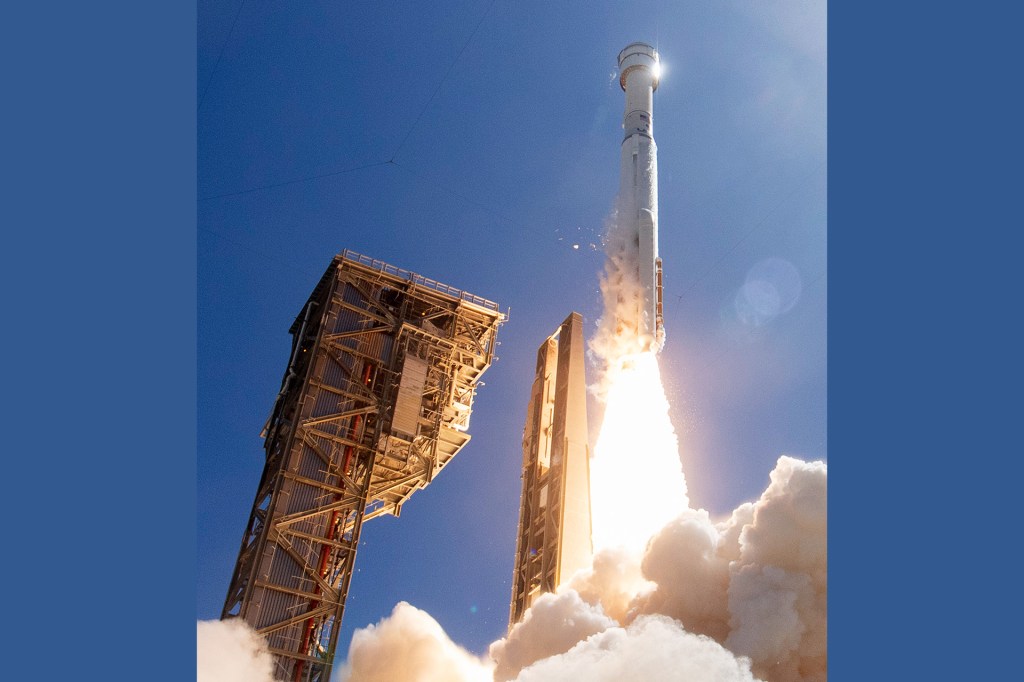
LIFTOFF A rocket launches the Starliner into space from Cape Canaveral, Florida, on June 5.
JOEL KOWSKY—NASA/GETTY IMAGESNASA started troubleshooting troubleshoot to investigate the source of a problem and fix it (verb) the situation with Boeing, the company that built the Starliner. They were trying to determine whether the craft was safe to carry Wilmore and Williams home. On August 24, NASA announced that the astronauts will stay at the ISS until they can be retrieved in February 2025. That will stretch their mission from eight days to eight months.
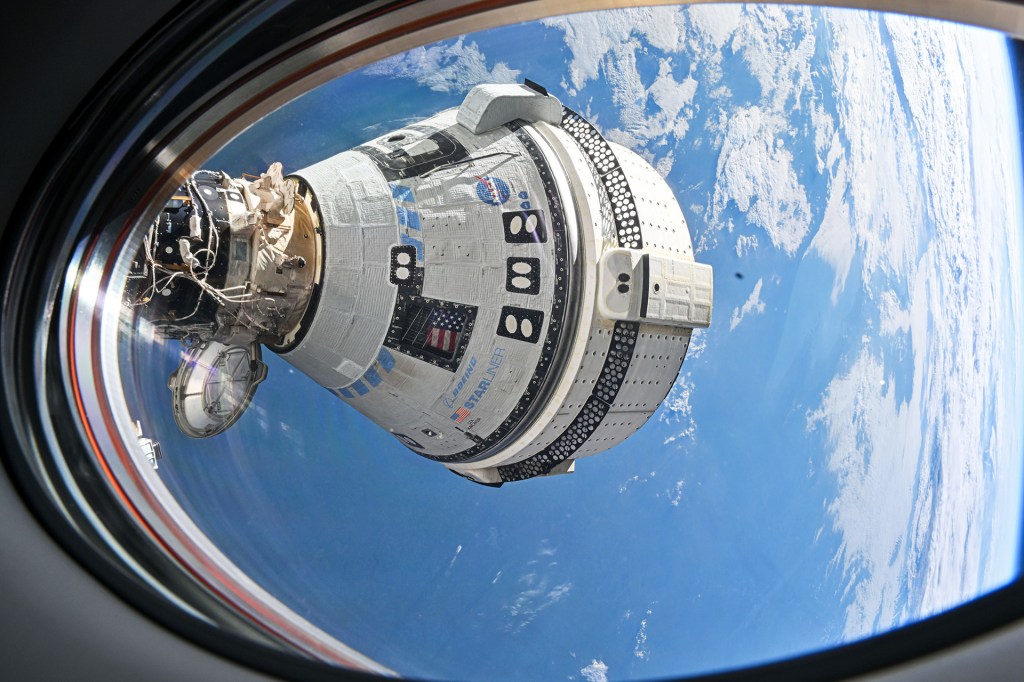
HANG TIGHT This image of the Starliner craft attached to the ISS was taken from a nearby docked ship on July 3.
NASAClose Quarters
The ISS, typically home to six or seven people, is now crowded with nine. So how are the astronauts doing? “We are having a great time,” Williams said from orbit during a July press conference. “Butch and I have been up here before, and it feels like coming home.”
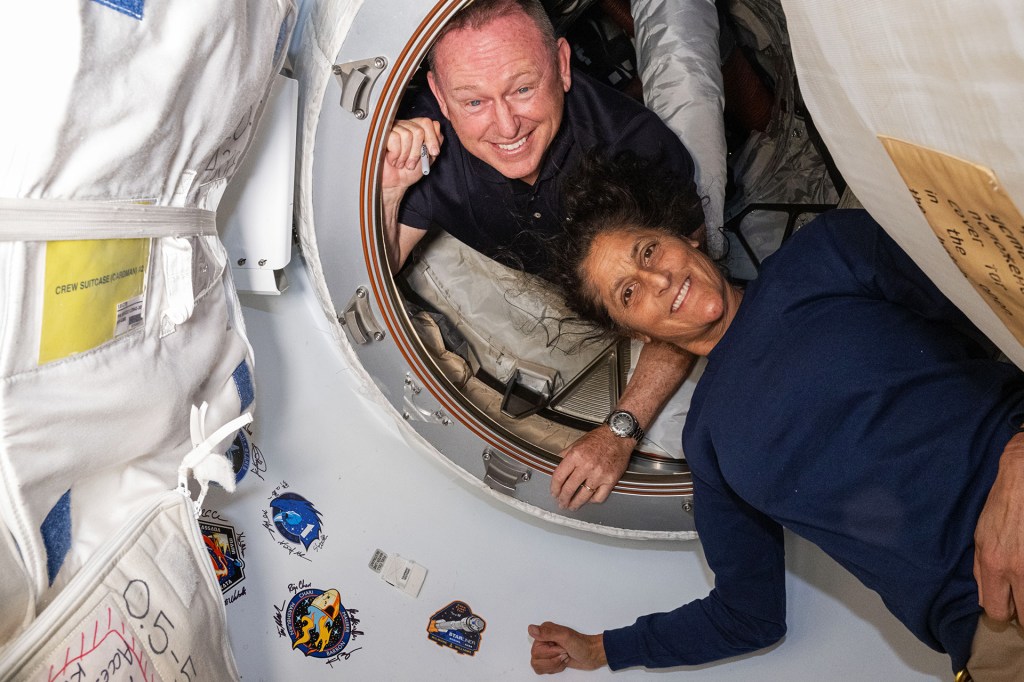
ALL SMILES Wilmore and Williams pause for a picture in the area between the Starliner and the ISS on June 13.
NASAThe press hasn’t heard more from them. But the trip has to be getting old by now. The station doesn’t have enough sleep chambers for nine astronauts, so three of them are making do. Wilmore is camping out in a sleeping bag.
And the astronauts’ work schedule has changed. They’ve long since finished up checking the Starliner’s systems. So they’ve been helping the rest of the crew with science experiments and chores.
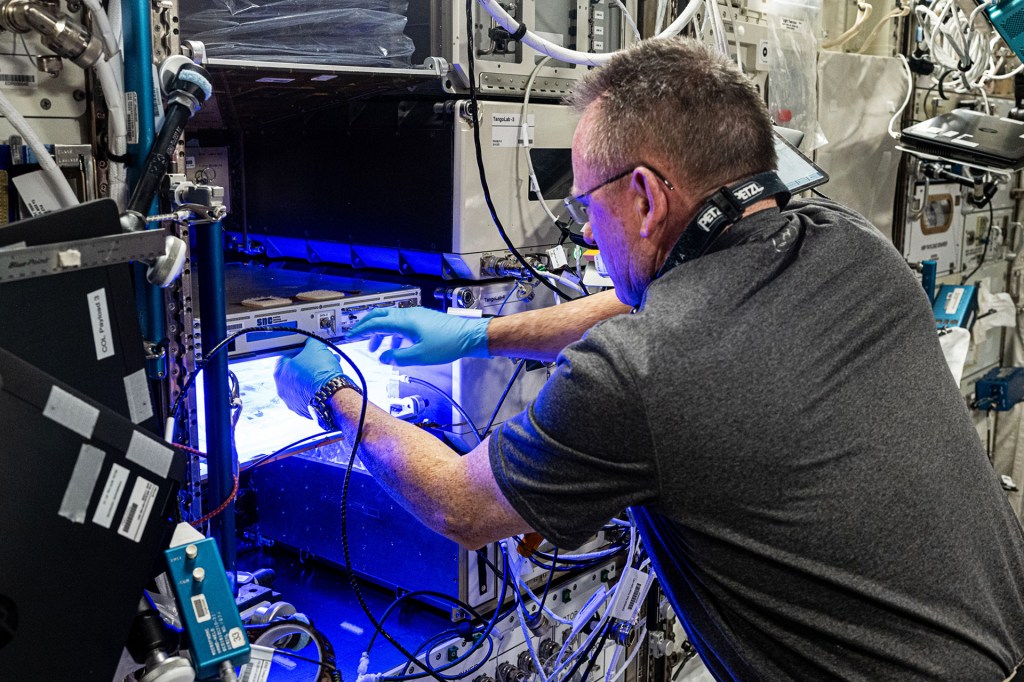
HELPING OUT Wilmore works on a plant research device in the botany section of the ISS.
NASA
Williams and Wilmore also didn’t pack enough clothes for a long stay. (Astronauts don’t do laundry in space. They dispose of old clothes and change into new ones.) But in early August, a resupply vehicle arrived. It brought fresh food and fresh clothes for the Starliner crew.
Backup Plan
NASA has decided on a backup plan to get the astronauts home. It involves a SpaceX Crew Dragon capsule. The capsule is scheduled to travel to the ISS for a five-month mission beginning in September. It’s usually launched with four astronauts aboard. This time, it will be launched with two. Williams and Wilmore will return to Earth on that Crew Dragon in February 2025.
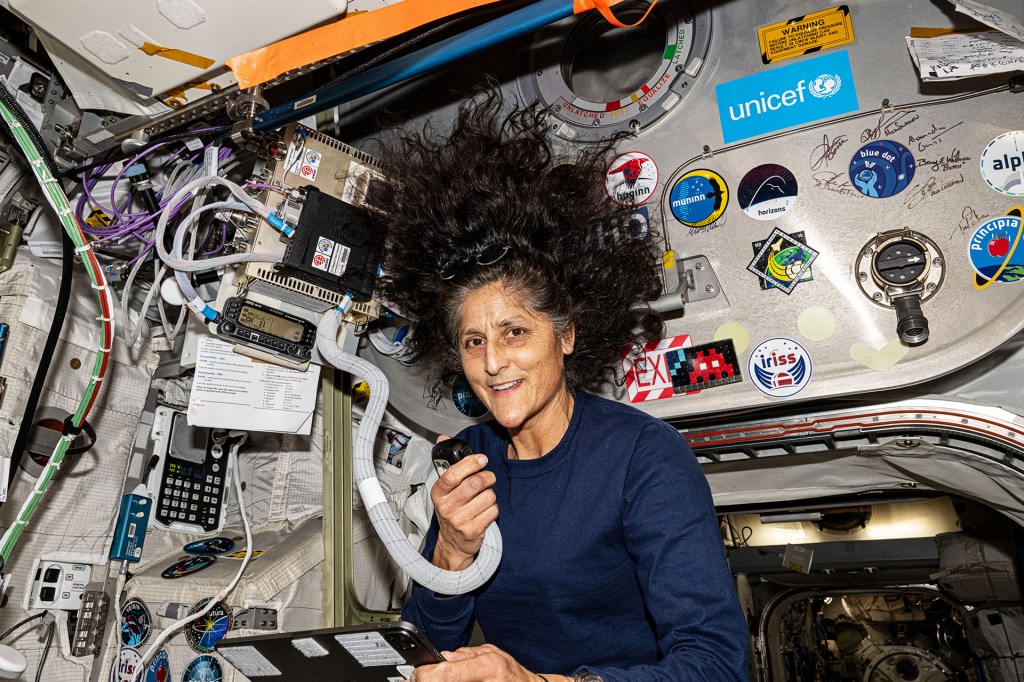
LONG-DISTANCE CALL Williams uses a radio aboard the ISS to speak with students in Indonesia.
NASANASA associate administrator Jim Free spoke at the August 24 press conference. “This has not been an easy decision,” he said, “but it is absolutely the right one.”
Space Station
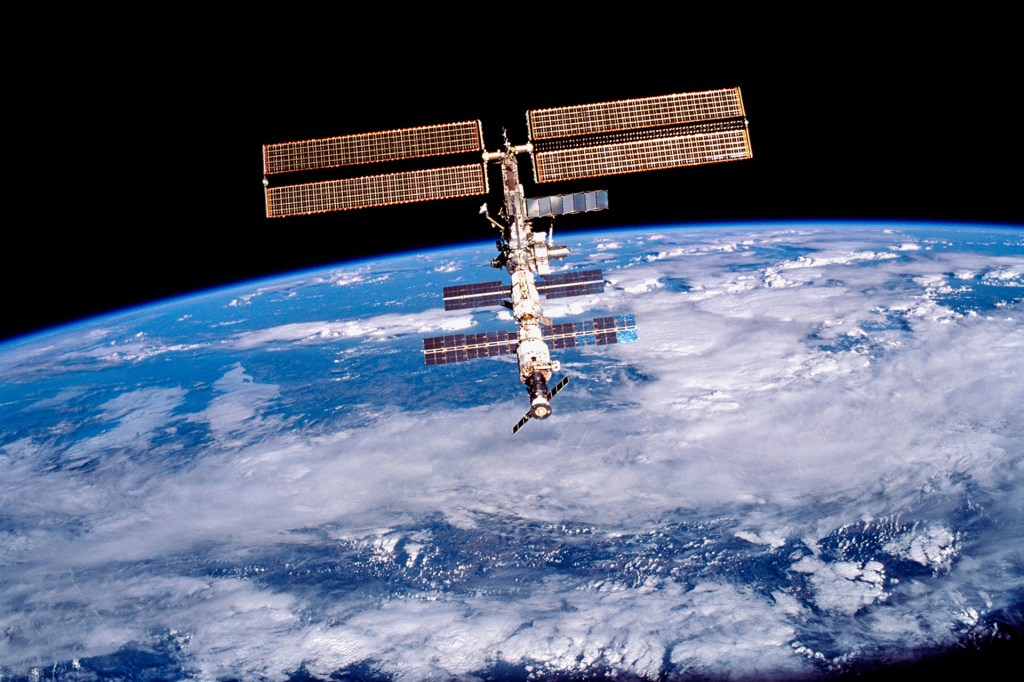
The International Space Station, or ISS, is a platform the size of a football field. It orbits Earth from nearly 250 miles away. It has been in orbit for 25 years. More than 270 astronauts from different countries have worked there.
Crew members on the ISS have an important job. They conduct science and technology experiments. These experiments might one day help us travel farther into space, for longer periods of time.






